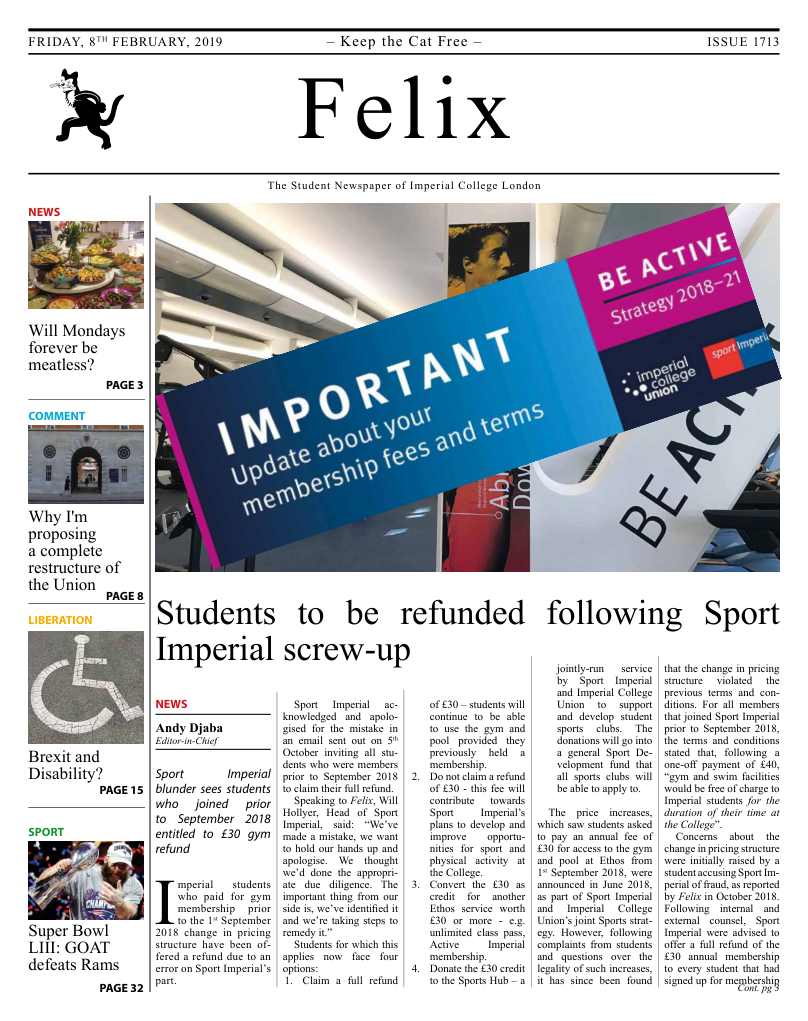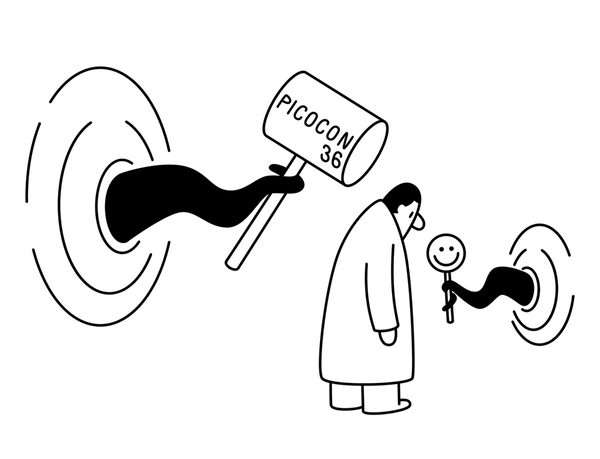Ferrante Reviewed
Books writer, Indira Mallik, reflects on The Neapolitan Quartet - My Brilliant Friend, The Story of a New Name, Those Who Leave and Those Who Stay, The Story of the Lost Child - by Elena Ferrante

There are some books that you want to devour as fast as possible, sleep becomes secondary to being carried along the twists and turns of a novel’s relentless plots. Other books are to be savoured, each sentence in its perfect composition wondered over. Very rarely, a book is both. The Neapolitan quartet, I would argue, is the platonic ideal of the form. Epic enough in scope to make any world building fantasy writer envious, and acute enough in its exploration of domestic intimacy, the four novels are of that unusual breed of fiction that doesn’t seem to be fiction at all.
The series, which begins with My Brilliant Friend, follows the lives of two women born in Naples just after the Second World War. Elena Greco, affectionately called Lenu, the daughter of a porter, and Raffaella “Lila” Cerullo the daughter of the local shoemaker come from poor families, but both seem destined to leave their impoverished beginning behind. The two meet in elementary school where Lenu, a precocious, conscientious girl, if a little timid, is top of the class. In contrast to the well behaved, rather angelic Lenu, Lila is half feral.Scrawny, brash, and apt to throw stones at the neighbourhood boys, Lila, even to the adults around her, seems just a little scary. Yet Lila’s talents extend beyond causing trouble in the streets; by the age of five she has taught herself to read, and can do a dizzying number of sums in her head. Lenu with all her hard work must fall behind Lila and her dazzling talent. Envy, fascination, and to some degree a subconscious recognition that neither of them are like the other children around them, draw the two girls together. Theirs is a fitful, febrile friendship that is to last all their lives.
Ferrante’s writing, translated into English by Ann Goldstein, is electric. Written in the first person from the grown-up Lenu’s perspective, it has a magnetic, confessional quality. I have seldom read fiction that so completely, and so incisively captures a woman’s interior life. The quartet wears its feminist credentials lightly, but it is undoubtedly a deeply feminist work. As the protagonists of the books grow older, the portrayal of an unconsuming childhood friendship transitions into a exploration of the joys and perils of adolescence; of first love; of heartbreak; of assault, then in adulthood there is the struggle as a woman to establish oneself professionally; the consequences of staying or leaving an abusive marriage; the decision of wanting and not wanting a child; of chafing against the roles of wife and mother.
This is the story of two lives woven into a vaguely mystical tale. Lila and Lenu grow up in the drudgery of poverty with the threat of violence constantly looming large. Against this bleak backdrop commonplace moments take on a glittering magic; a dog-eared copy of Little Women becomes the roadmap to a future of riches, a trip to the sea takes on the aura of a wild adventure into the unknown. The women themselves become a little larger than life - set at a time and in a city where men beat their wives and children at the drop of a hat, the violence of men is banal, women’s anger is a different matter: “men were always getting furious, they calmed down in the end; women, who appeared to be silent, acquiescent, when they were angry flew into a rage that had no end”. Lila, a little maenadic at the best of times, strains at the confines of personhood the most. Her energy and quashed potential manifest themselves in odd, violent ways: at times, copper pots near her collapse into themselves, things by her seemingly catch alight.
All four books are a study of tensions simmering under the surface threatening to boil over. This is, after all, as much a story of Italy in the latter part of the 20th century as it is of the lives of its central characters. Ferrante’s generously peopled bildungsroman is set against a vivid backdrop of of mob rule, student riots, the rise of the feminist movement, the dot com boom, and a febrile political environment. Ferrante is in particular concerned with class, and money. When Lenu’s family scrape together enough to send her to middle school, a whole future opens up to her that will lead her away from the neighbourhood she grew up to a life of money and culture. Lila, who is thrown out of a window by her father when she brings up the subject of middle school, despite her talents, stays trapped.
“What are the ties that bind?”, asks Ferrante in these novels that follow two lives that grow apart and come together again and again; half fairy tale, half impossibly real, they are impossible to put down or to forget.
-5 stars









